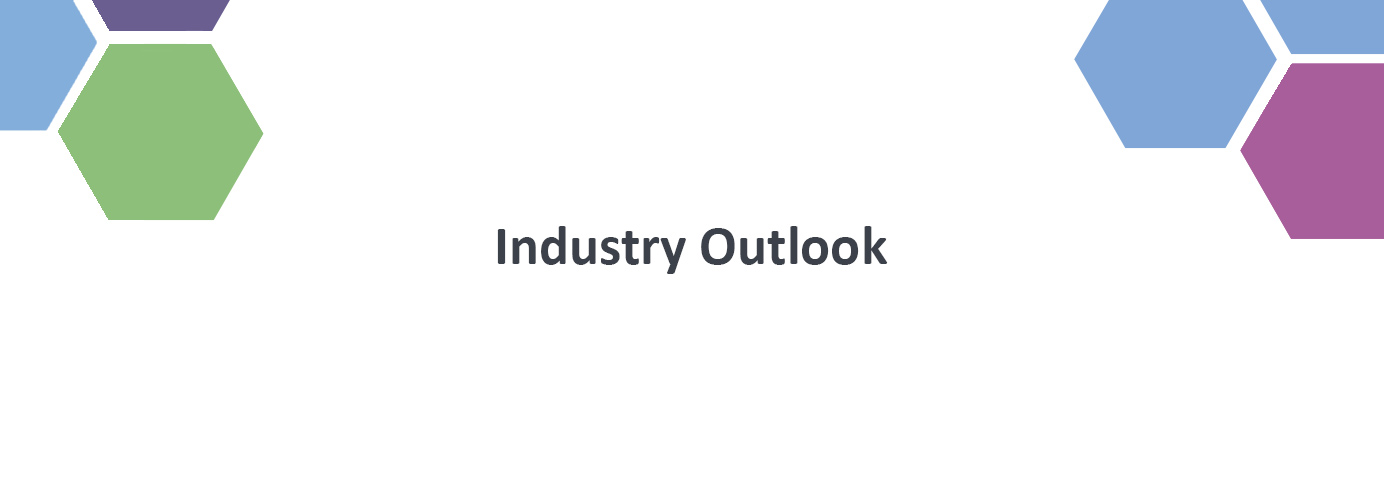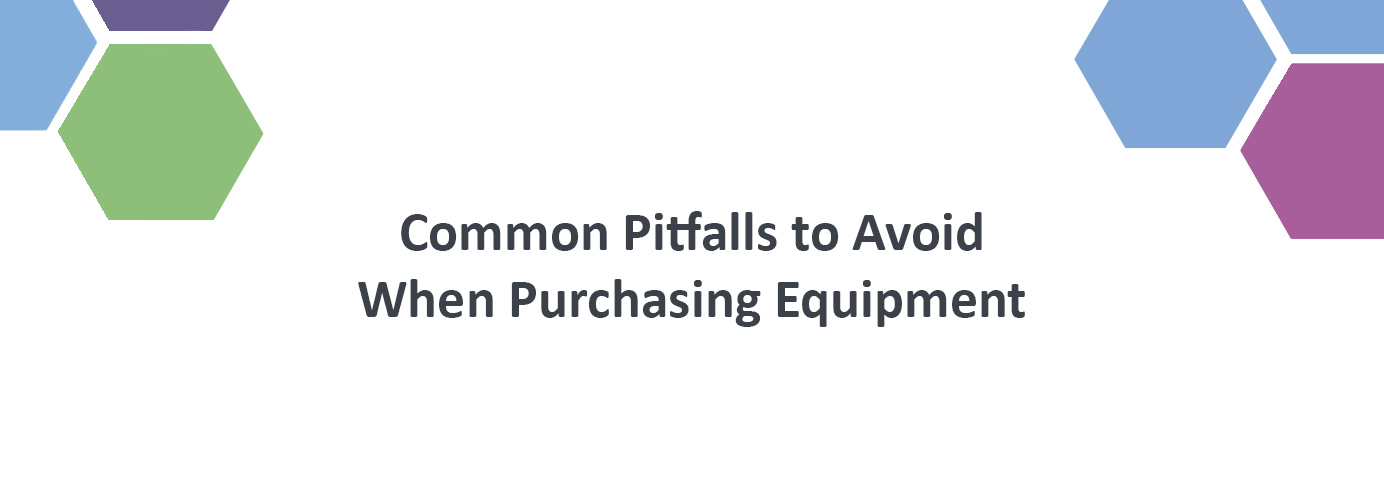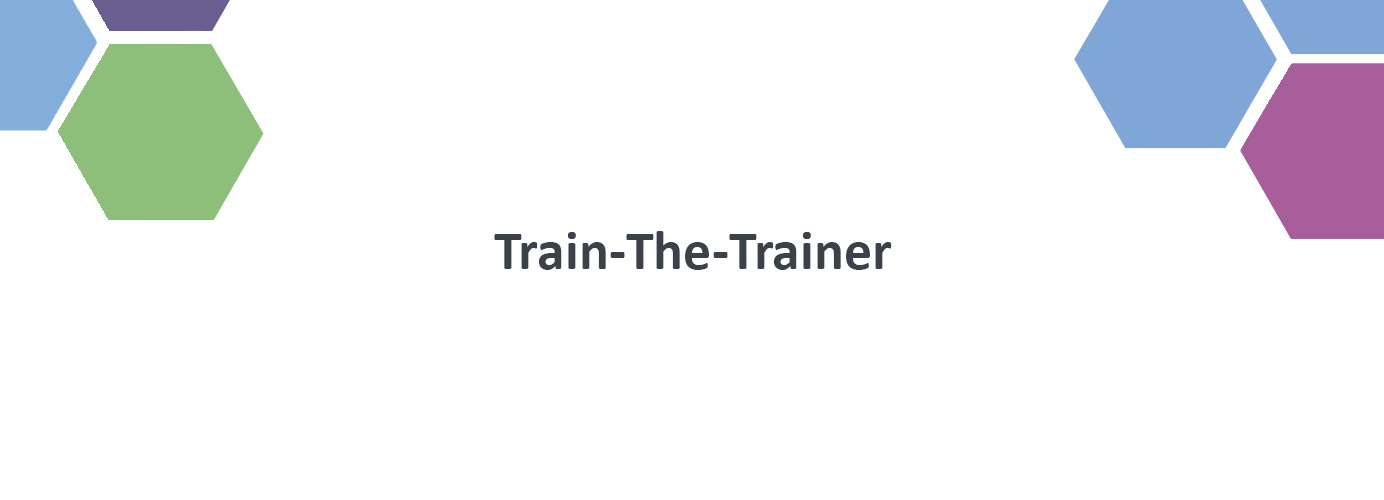- SOLUTIONS
-
- SERVICES
-
-
- Maintenance Outsourcing and Multi-Vendor Services
- Remote Monitoring and Repair
- Preventative and Predictive Maintenance
- Data Analytics, Reporting and Performance Consulting
- Customer Service Call Center
- Parts Management and Logistics
- Operator and Technical Training
- OEM Equipment Refurbishing
- Serviceability Reviews
- Project Management
- Installation Services
- Field Equipment Upgrades/ECOs
-
-
-
- RESOURCES
- ABOUT US
- Contact
- Buy Parts
- Community Login



